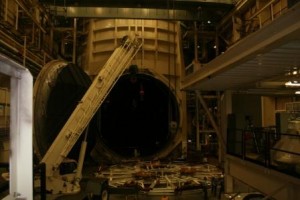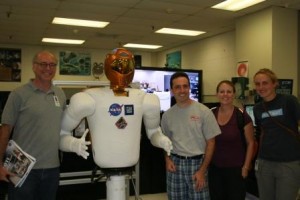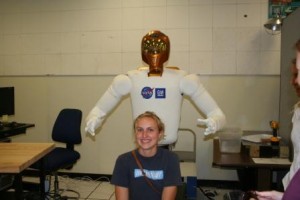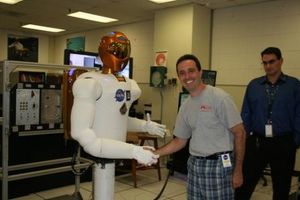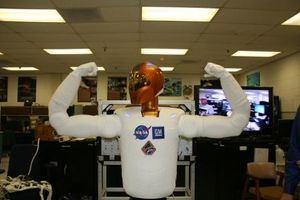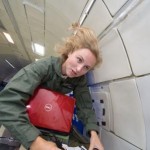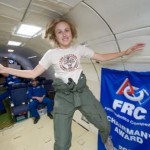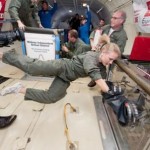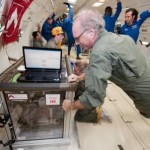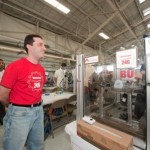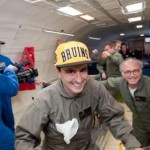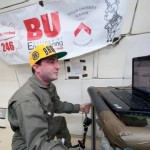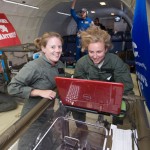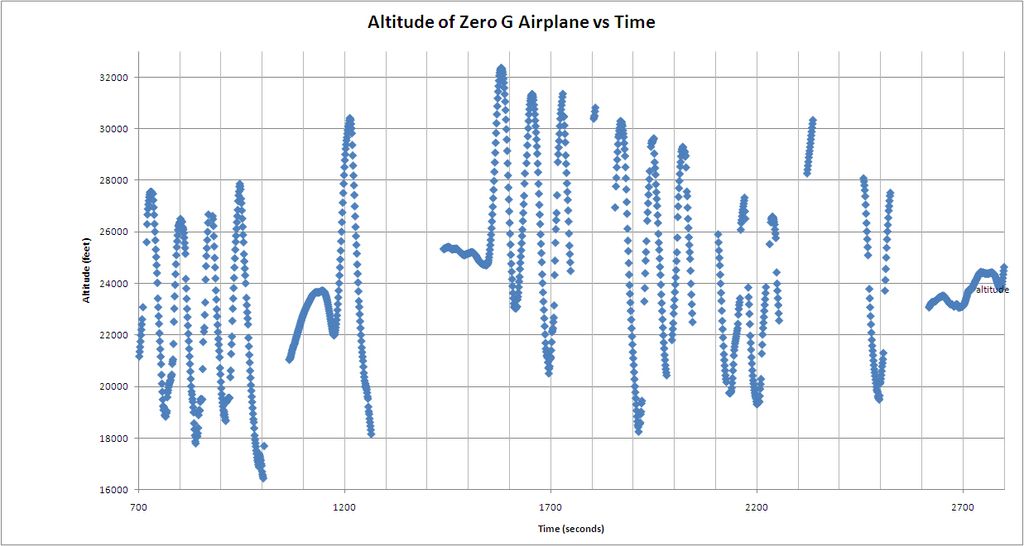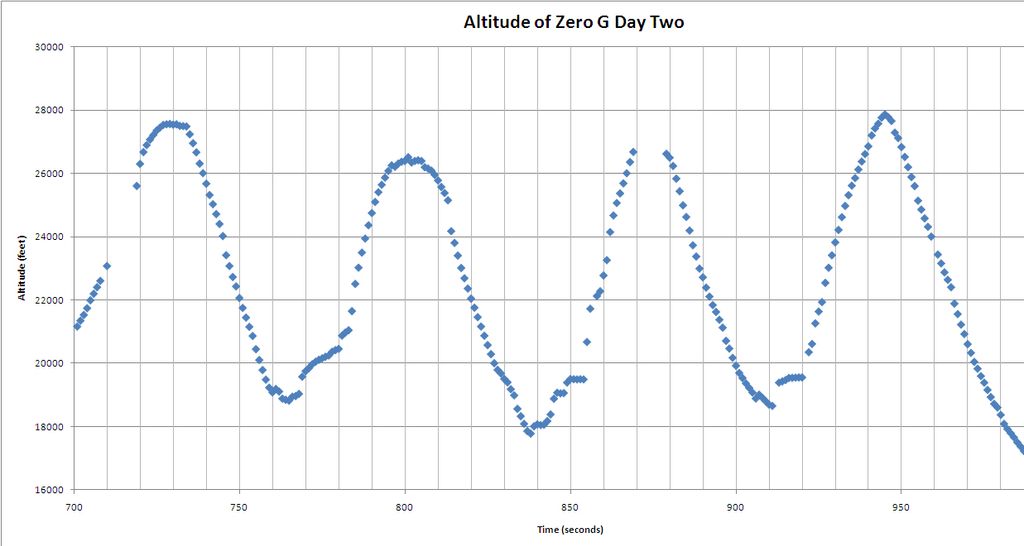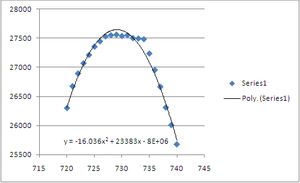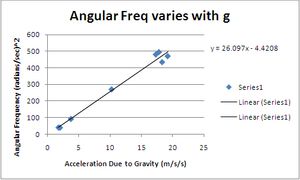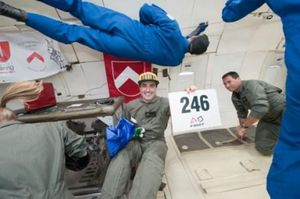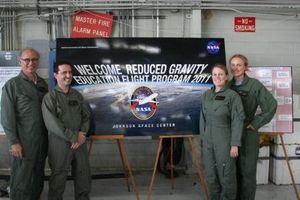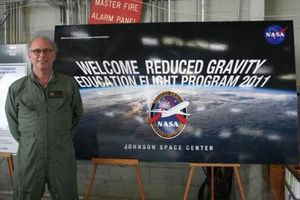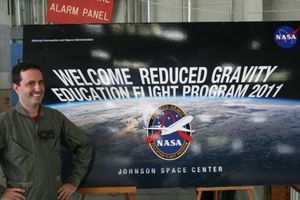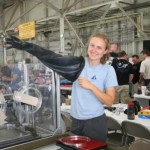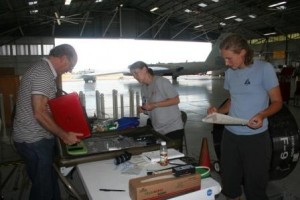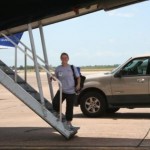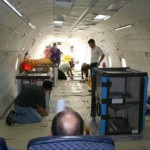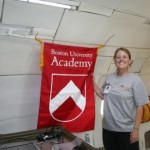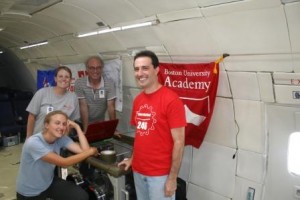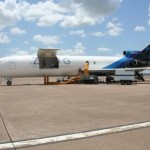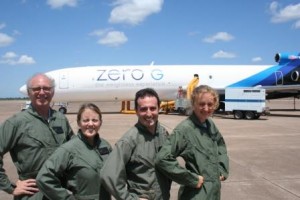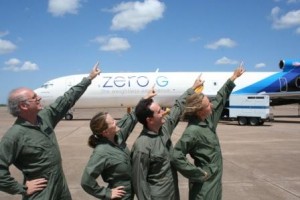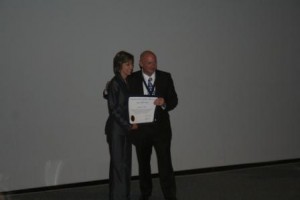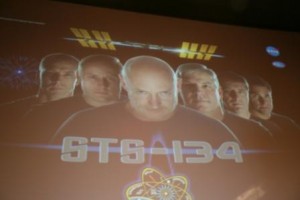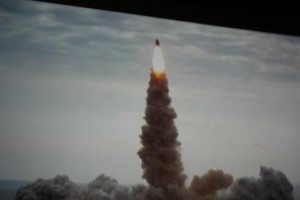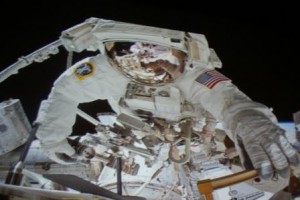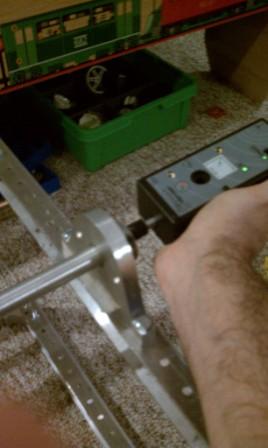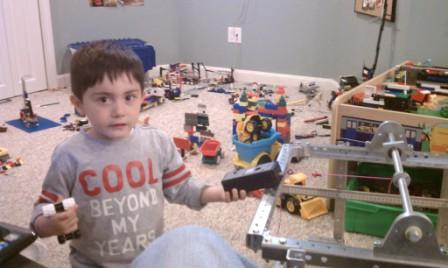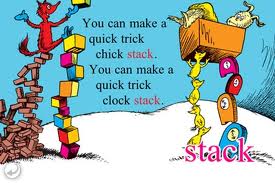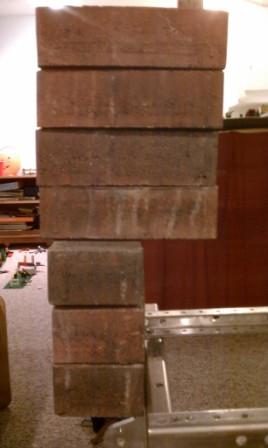So this has been a busy week for finishing up our NASA experiment. The BUA FIRST Robotics Team has been busy building an experiment which will fly on the NASA vomit comet during the last week of June. Many thanks to Nima, Bard, Borg, Perry and Matt for all of their hard work on this project for the past several weeks. Scroll to the end of this entry if you want to see the experiment running in our lab!
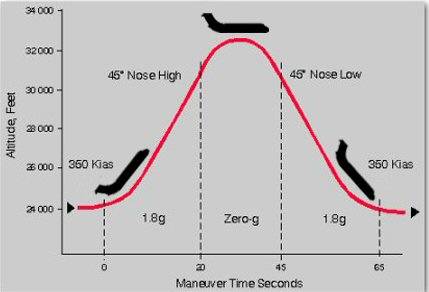
The parabola for reduced (and hyper) gravity
We were very excited when we were chosen for this program!! Our project consists of a simple pendulum, and we will take measurement of how the pendulum will behave in different amounts of gravity.
The experiment is built from C-channel by AndyMark, Tetrix by Pitsco, and sensors from Vernier. We will be using Vernier's LoggerPro to collection acceleration and tension data. The pendulum bob itself is a wireless accelerometer from Vernier.

Nima and Matt build the experiment!
This year, four Boston University Academy educators will be one of 14 teams that will venture to NASA Johnson Space Center‘s Ellington Field in Houston to conduct their experiments aboard the agency’s “Weightless Wonder” aircraft.
Each year, the Reduced Gravity Education Flight Program (RGEFP) gives undergraduate students and K-12 educators the opportunity to propose, build and fly a reduced gravity experiment. The teams will perform the experiments aboard a microgravity aircraft, which produces weightlessness 18 to 25 seconds at a time by executing a series of about 30 parabolas – a steep climb followed by a free fall – over the Gulf of Mexico. During the free falls, the teachers will be able to gather data in the unique environment and experience near-weightlessness.

Vernier Sensor as a Pendulum Bob
Boston University Academy’s opportunity to participate is the result of the hard work and commitment of Gary Garber the Principal Investigator along with James Berkman, Rosemary White, and Laurie Glenn. The educators were selected from more than 40 proposals based on scientific merit and educational outreach potential. They have put many hours into researching and building their experiment. They are also taking time to reach out to other educators, students and the community to share their unique experiences and discoveries.
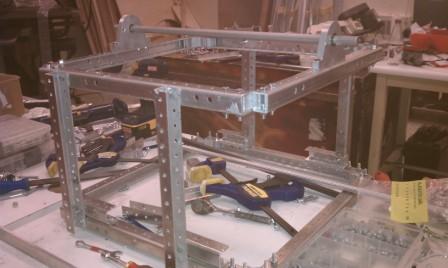
Completed Frame made from AndyMark C-channel
The Boston University Academy team will arrive at Ellington Field, where astronauts do their T-38 training, on June 23rd. They will then go through physiological training and fly their experiment during the week of June 27 -30, 2011. A common high school physics experiment is to have students explore the effects that different variables, such as mass and length, will have on the period of a simple pendulum. Although the period of a pendulum also depends on the acceleration due to gravity, changing this variable is not easily accomplished in the classroom. By setting a pendulum in motion at various gravitational accelerations on a Reduced Gravity Education Flight, one can obtain a set of data for students to verify the theoretical dependence of the period of a pendulum on gravity. A Vernier Wireless Dynamic Sensor System will be used as a pendulum bob to obtain tension and acceleration data during the flight. The information recorded by the dynamic sensor system will provide students with more detailed data for more in-depth analysis of the pendulum dynamics. By obtaining video footage of the experiment with accompanying measurements of acceleration and tension, students in the classroom can use image analysis to verify a standard textbook relationship, or even derive the relationship by observing the video footage. The experimental package is being built by members of the Boston University FIRST robotics team. Following their flight, the team will evaluate findings, draw conclusions and provide the results to NASA.
Watch our pendulum in action!
Pendulum in action!
